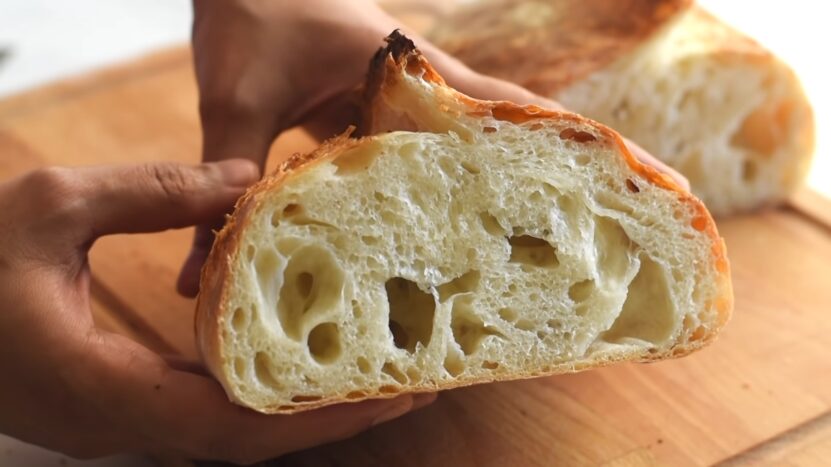Bread, a staple in many diets worldwide, has been consumed for thousands of years. From the ancient Egyptians to modern-day households, bread has remained a constant source of nourishment and comfort. But have you ever stopped to wonder, “How many slices are there in a loaf of bread?”
While it may seem like a straightforward question, the answer is more nuanced than one might initially think. This article delves into the factors that determine the number of slices in a loaf and why it varies.
Standard Slicing
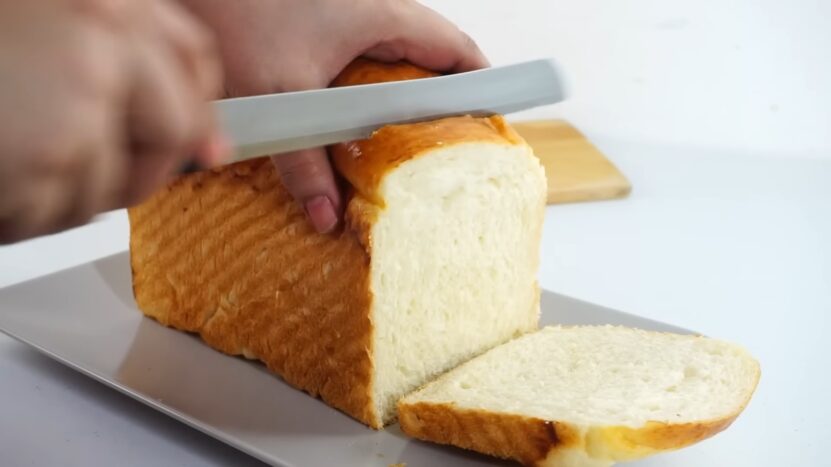
In many parts of the world, especially in commercial settings, there’s a standard number of slices in a loaf of bread. This standardization helps bakeries maintain consistency and meet consumer expectations.
Typical Count
Most commercially produced loaves of bread, especially those found in supermarkets, contain between 20 and 24 slices. This count excludes the two end pieces, often referred to as the “heel” or “end slice.”
Thickness Matters
The standard thickness for a slice of bread is about half an inch. However, variations exist, such as “thick-cut” or “Texas toast,” which can be double the standard thickness.
Artisanal and Homemade Bread
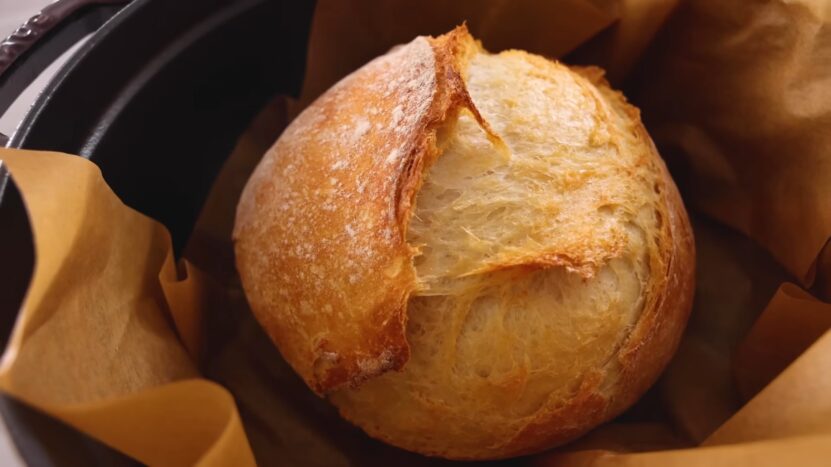
While commercial bread has a somewhat standardized slice count, artisanal and homemade bread is a different story.
Slice As You Please
Artisanal bread, often characterized by its crusty exterior and soft interior, is typically unsliced, allowing consumers to determine their preferred thickness. Similarly, homemade bread gives the baker flexibility in slicing.
Varied Sizes
Artisanal loaves come in various shapes and sizes, from baguettes to boules, which means the number of slices can vary significantly.
Factors Influencing Slice Count
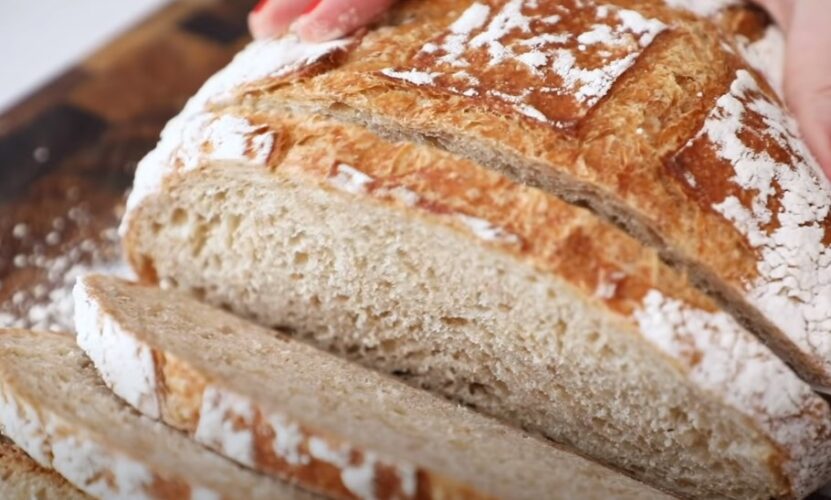
Several factors can influence the number of slices in a loaf:
- Purpose of the Bread: Sandwich bread, for instance, is often sliced thinner to accommodate fillings, while bread meant for toasting might be cut thicker.
- Cultural Preferences: In some cultures, thicker slices are preferred, while others might opt for thinner, more delicate slices.
- Type of Bread: A baguette, due to its long and narrow shape, will have more slices than a round boule of the same weight.
- Consumer Demand: Some consumers prefer pre-sliced bread for convenience, while others might buy unsliced loaves for freshness and flexibility in slice thickness.
The Impact of Bread Slicing on Freshness
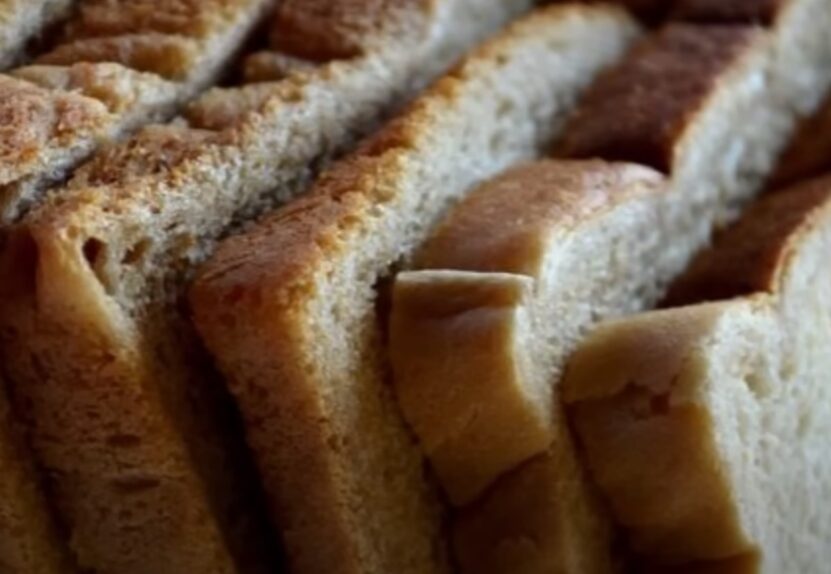
One might wonder if the way bread is sliced (or not sliced) impacts its freshness. Here’s the lowdown:
- Exposure to Air: Sliced bread has more surface area exposed to air, which can lead to faster staling. However, the packaging can mitigate this. Vacuum-sealed bags, for instance, can help retain freshness longer.
- Preservatives: Many commercially produced bread varieties contain preservatives that extend shelf life, regardless of whether they’re sliced.
- Texture and Taste: Some bread enthusiasts argue that unsliced bread retains its texture and taste better. This belief stems from the idea that slicing can release essential oils and moisture from the bread.
Slicing bread might seem like a simple task, but achieving the perfect slice requires a combination of the right tools, technique, and a touch of patience. Whether you’re slicing a delicate brioche or a crusty sourdough, following these guidelines will ensure you get clean, even slices every time.
How to Achieve The Perfect Slice
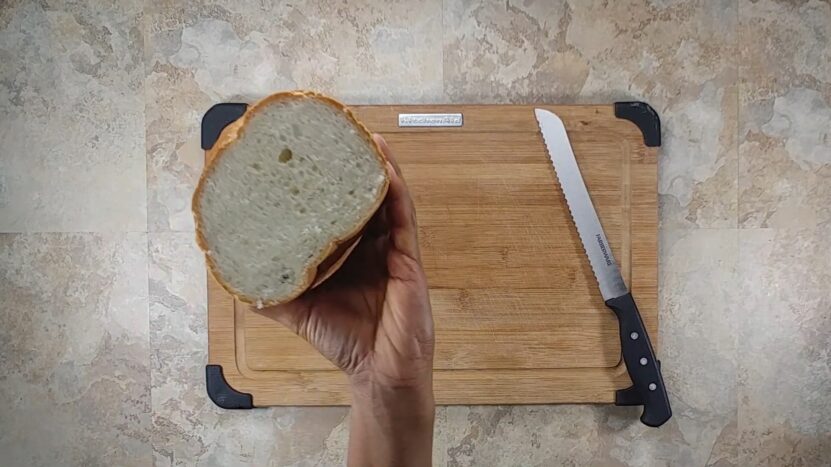
Slicing bread might seem like a simple task, but achieving the perfect slice requires a combination of the right tools, technique, and a touch of patience. Whether you’re slicing a delicate brioche or a crusty sourdough, following these guidelines will ensure you get clean, even slices every time.
Tools You’ll Need
- A Sharp Bread Knife: This is non-negotiable. A bread knife has a serrated edge designed to cut through the crust without squishing the soft interior. Ensure your knife is sharp; a dull knife can tear the bread.
- Cutting Board: Opt for a sturdy, non-slip cutting board. Wooden boards are often preferred as they provide a stable surface and are gentle on knife blades.
Step-by-Step Guide to the Perfect Slice
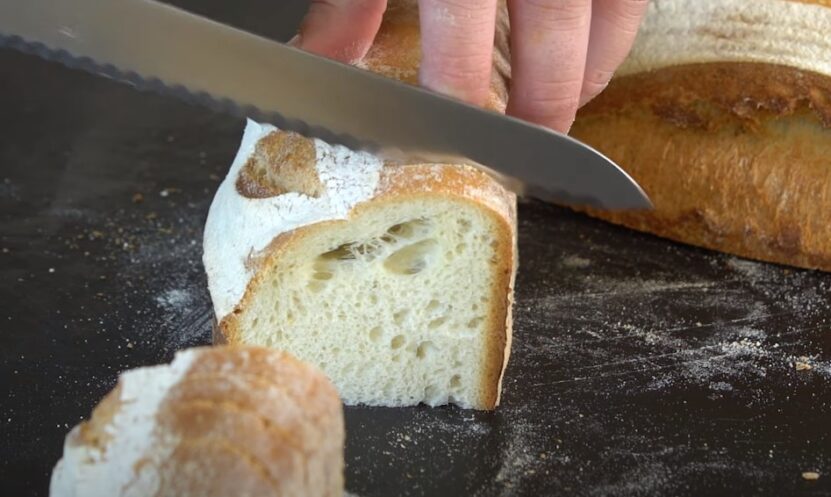
- Let It Cool: If you’ve just baked your loaf or bought a warm one from the bakery, resist the temptation to slice it immediately. Allow the bread to cool for at least 30 minutes to an hour. This cooling period helps the bread’s structure set, making it easier to slice.
- Position the Bread: For regular-shaped loaves, place the bread on the cutting board with one of its flat sides down. For round loaves or boules, you can start by cutting it in half to create a flat surface, then proceed to slice.
- Grip the Knife Correctly: Hold the knife handle with your dominant hand, ensuring your grip is firm but not overly tight. Your thumb and index finger should be close to the base of the blade for better control.
- Begin Slicing: Start at the far end of the loaf. Place the knife on the bread, applying gentle pressure. Use a sawing motion, moving the knife back and forth without pressing down too hard. Let the serrations do the work. The key is to maintain a consistent speed and pressure.
- Determine Thickness: Depending on your preference or the bread’s purpose, decide on the slice’s thickness. For sandwiches, a thickness of about half an inch is standard. For toast or bruschetta, you might want a slightly thicker slice.
- Clean the Knife: If you’re slicing soft, sticky breads like brioche or fruit loaf, it’s a good idea to wipe the knife blade with a damp cloth between slices. This prevents the bread from tearing and ensures clean cuts.
Additional Tips
- Frozen Bread: If you have a frozen loaf, partially thaw it before slicing. The firmness of semi-frozen bread can make it easier to achieve even slices.
- Staling Prevention: If you don’t plan to consume the entire loaf immediately, consider slicing only what you need. Keeping the loaf whole can reduce exposure to air and slow down the staling process.
- Safety First: Always be mindful of your fingers when slicing. Keep them tucked in and use your knuckles as a guide.
FAQs
Why did bread historically not come pre-sliced?
Historically, bread was consumed soon after it was baked, and households would break or tear off chunks as needed. The technology for pre-slicing and packaging bread to maintain freshness didn’t exist. It wasn’t until 1928 that the first automatic bread-slicing machine was invented by Otto Frederick Rohwedder.
Are the end pieces of a loaf counted in the standard slice count?
In most commercial settings, the standard slice count (typically between 20 and 24 slices) does not include the two end pieces, often referred to as the “heel” or “end slice.”
Does the thickness of a slice affect the loaf’s freshness?
Yes, to some extent. Sliced bread has more surface area exposed to air, which can lead to faster staling. However, the packaging, such as vacuum-sealed bags, can help retain freshness. Additionally, many commercial breads contain preservatives that extend shelf life, regardless of slice thickness.
Why might some consumers prefer unsliced artisanal or homemade bread?
Unsliced bread offers flexibility in determining slice thickness, which can be especially useful for specific recipes or preferences. Additionally, some believe that unsliced bread retains its texture and taste better since slicing can release essential oils and moisture.
How does the shape of the bread affect the number of slices?
The shape can significantly influence the slice count. For instance, a long and narrow baguette will have more slices than a round boule of the same weight. The shape determines how the bread can be sliced efficiently and the size of each slice.
Are there any health implications of consuming pre-sliced bread compared to unsliced bread?
Health-wise, the primary difference lies in the preservatives. Pre-sliced commercial bread often contains preservatives to extend its shelf life. On the other hand, unsliced artisanal or homemade bread might not have these additives, making them a more natural option. However, it’s always essential to check the ingredients list and make choices based on individual health needs and preferences.
Conclusion
So, how many slices of bread are in a loaf? As we’ve seen, the answer isn’t one-size-fits-all. While commercial loaves might offer a standard 20 to 24 slices, artisanal and homemade bread can vary widely based on size, shape, and personal preference.
The journey of bread, from unsliced loaves of the past to the pre-sliced convenience of today, reflects both technological advancements and shifting consumer preferences. Whether you prefer your slices thick or thin, there’s no denying the timeless appeal of a freshly baked loaf of bread.
